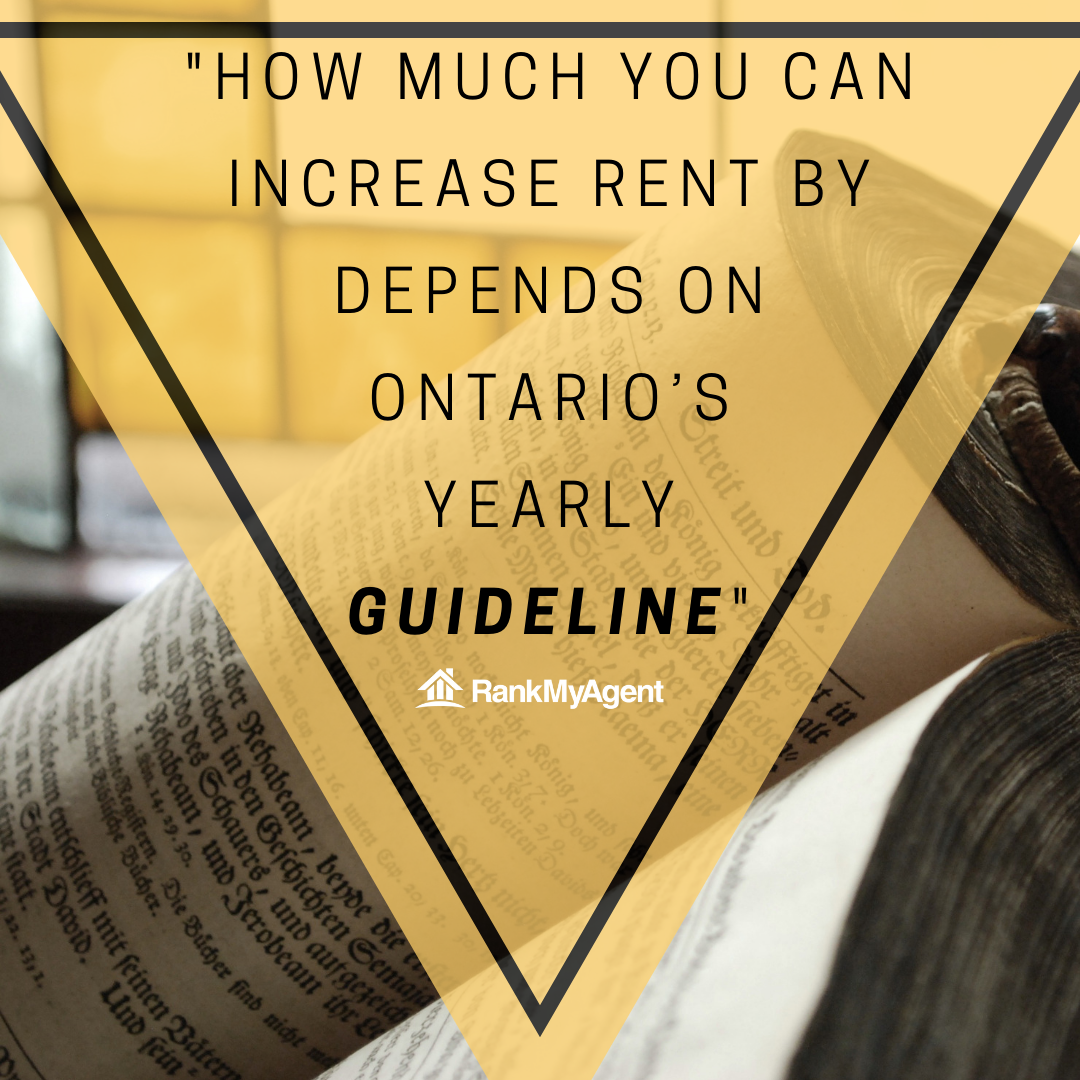The creation of a standard lease agreement in Ontario by the government is part of the overall plan to help protect tenants and to create fairness and opportunity for Ontarians. One online media outlet has called this move a “renter’s dream”.
In a blog post by the Ontario Landlords Association, however, the group claimed that this standard tenancy agreement “…put[s] small Ontario landlords at risk for big problems and huge financial losses”.
So, as a landlord in Ontario, what should you know about this standard lease? This article covers how to use the new Ontario standard lease agreement and what happens if you don’t. This post also goes over some, but not all, the provisions of the standard lease, including Section 15, which lets you add in additional terms; how to evict your tenant; how much rent you can charge; as well as some information on guests and pets.
Overview of the new Ontario residential lease agreement
As of April 30th, 2018, Ontario now has a standard residential lease agreement that most tenants and landlords must use. This standard lease agreement was developed by the Ontario government to outline the rights and responsibilities of both the landlord and the tenant in a rental relationship. And this Ontario rental agreement is mandatory for the following types of properties:
- Single and semi-detached homes;
- Apartments;
- Condominiums, and;
- Secondary units, such as basement apartments.
The government mandated this standard lease to help offset some of the confusion that many tenants and landlords have in the property rental process.
“Renters told us that their leases were often confusing and contained illegal terms. Landlords, especially smaller ones, say a standard template makes it easier for them to do business. The new form we developed helps balance the interests and responsibilities of both parties.” said Peter Milczyn, Minister of Housing and the Minister Responsible for the Poverty Reduction Strategy, in a news release from earlier this year.

How to use the new Ontario standard lease and what happens if you don’t
To simplify the process, the standard lease only collects the most essential information from both the tenant and the landlord. Only information such as names, the address, total rent and its due date, and the rules and terms of the rental unit or building is collected.
If you don’t provide the standard lease for your tenants, he or she can require you to provide one within 21 days. Else, the tenant is allowed to withhold one month’s rent. Additionally, if you still haven’t produced a copy of the standard lease after 30 days from when the tenant started withholding rent, they don’t have to pay that rent at all. The tenant can also end their tenancy in advance if the standard lease isn’t provided. After the 21 days, the tenant can provide you with a 60-day notice to terminate the tenancy.
However, any lease signed before April 30th, 2018 is grandfathered, and tenants cannot request the standard lease unless there’s a new negotiation.
Section 15 — Additional Provisions
While a lot of the provisions seem to favour the tenant, Section 15 allows the landlord and tenant to negotiate additional terms for the contract. Anything goes as long as it contradicts neither the standard lease agreement nor the Residential Tenancies Act. Any terms that do conflict with these two documents are void and cannot be enforced. Therefore, terms such as late rent penalties or mandatory move-out dates cannot be used.
Evictions
An eviction can only happen under situations set out by the Residential Tenancy Act, and this includes cases where the tenant does not pay full rent when due, causes damage to the rental unit, or interferes with the enjoyment of other tenants or landlords. And in these cases, you will need to fill out the proper forms from the Landlord and Tenant Board website.
If you provide an end of tenancy notice, the standard lease also states that the tenant doesn’t have to move out until the landlord applies to the Landlord and Tenant Board to hold a hearing. Only when the Board decides that the tenancy should end, can a Court Enforcement Officer enforce the eviction.
If you, as a landlord, don’t follow all these procedures, then you can face fines of $25,000 if you’re an individual or $100,000 if you’re a corporation.
However, landlords can still evict tenants if they need the property for personal or family use. But due to an additional protection added in September of 2017, the landlord is required to give the outgoing tenant equivalent to one month’s rent. If in this scenario, you end up renting the unit to someone outside of the family or you demolish or convert the unit within one year, it may result in a $25,000 fine.

Rent Increase
The standard lease adheres closely to the rent increase guidelines set out by the province of Ontario. The guideline states that you, as a landlord, can only increase rent 12 months after a tenant first moves in or 12 months after the last rent increase. You’ll also have to provide a written notice to the tenant 90 days before it comes into effect.
How much you can increase rent by depends on Ontario’s yearly guideline. For 2019, the rent increase guideline is 1.8%, which means if you’re currently charging $1000 rent in 2018, you can increase it to $1018 in 2019.
An exception to the guideline is made for special circumstances that are approved by the Land and Tenant Board. Some examples of special circumstances are recent major repairs or renovations and increased costs of security or municipal taxes.
The standard lease also states certain circumstances where you will have to reduce your rent. Circumstances arise if municipal property tax decreases by more than 2.49%, if recent renovations or repairs have been fully paid for, if services have been removed without a reduction in rent, or if a promise upon contract formation was not kept.
Guests and Pets
In essence, the guest section of the standard residential lease agreement states that you cannot stop the tenant from having guests over or force your tenant to provide notice for having guests. You also cannot charge them an additional fee for guests.
The pet section is similar in the sense that you cannot stop your tenant from having a pet. If you want to evict a tenant who does have a pet, you need to go to the Landlord and Tenant Board and prove that the pet makes too much noise, damages the unit, causes allergic reactions to other tenants, is a dangerous breed, or that the condo simply doesn’t allow pets.
This standard lease by the Ontario government, although great for tenants, creates some issues for landlords. Make sure you understand your rights and use Section 15 to advocate for your needs.


0 Comments